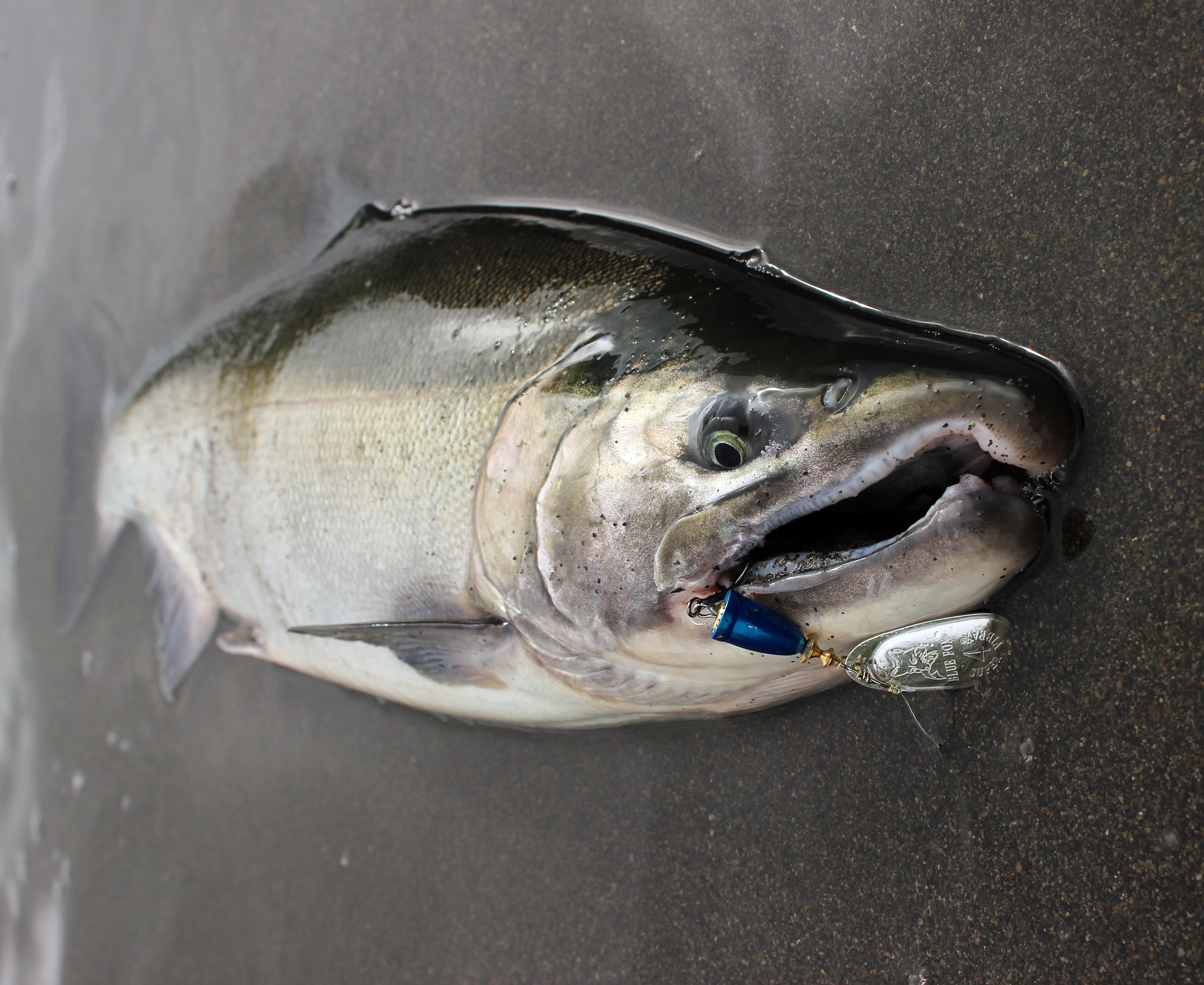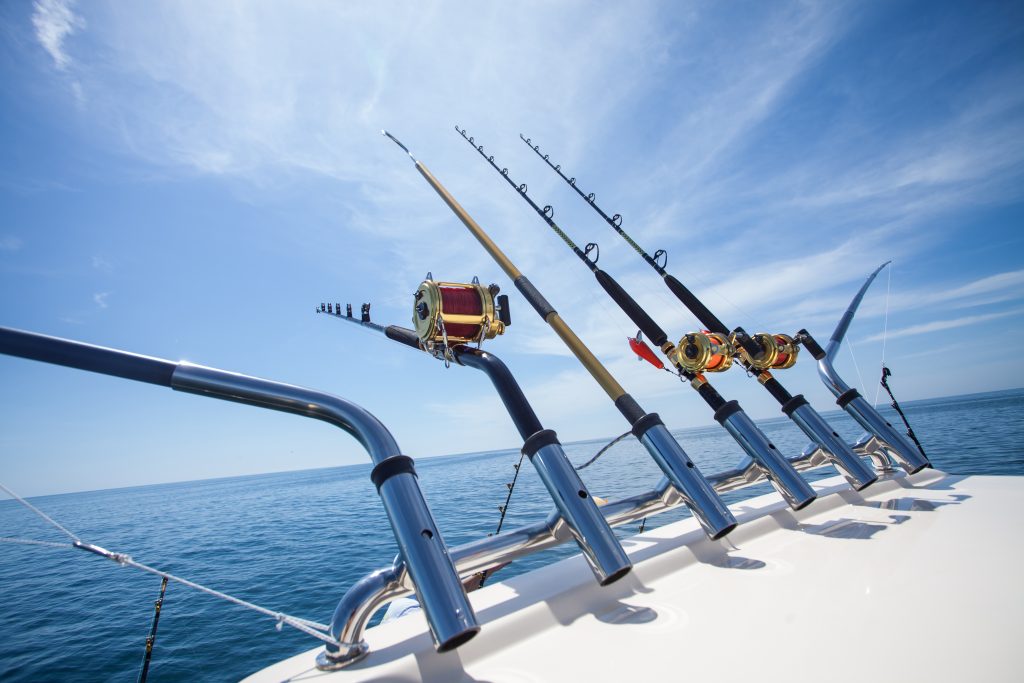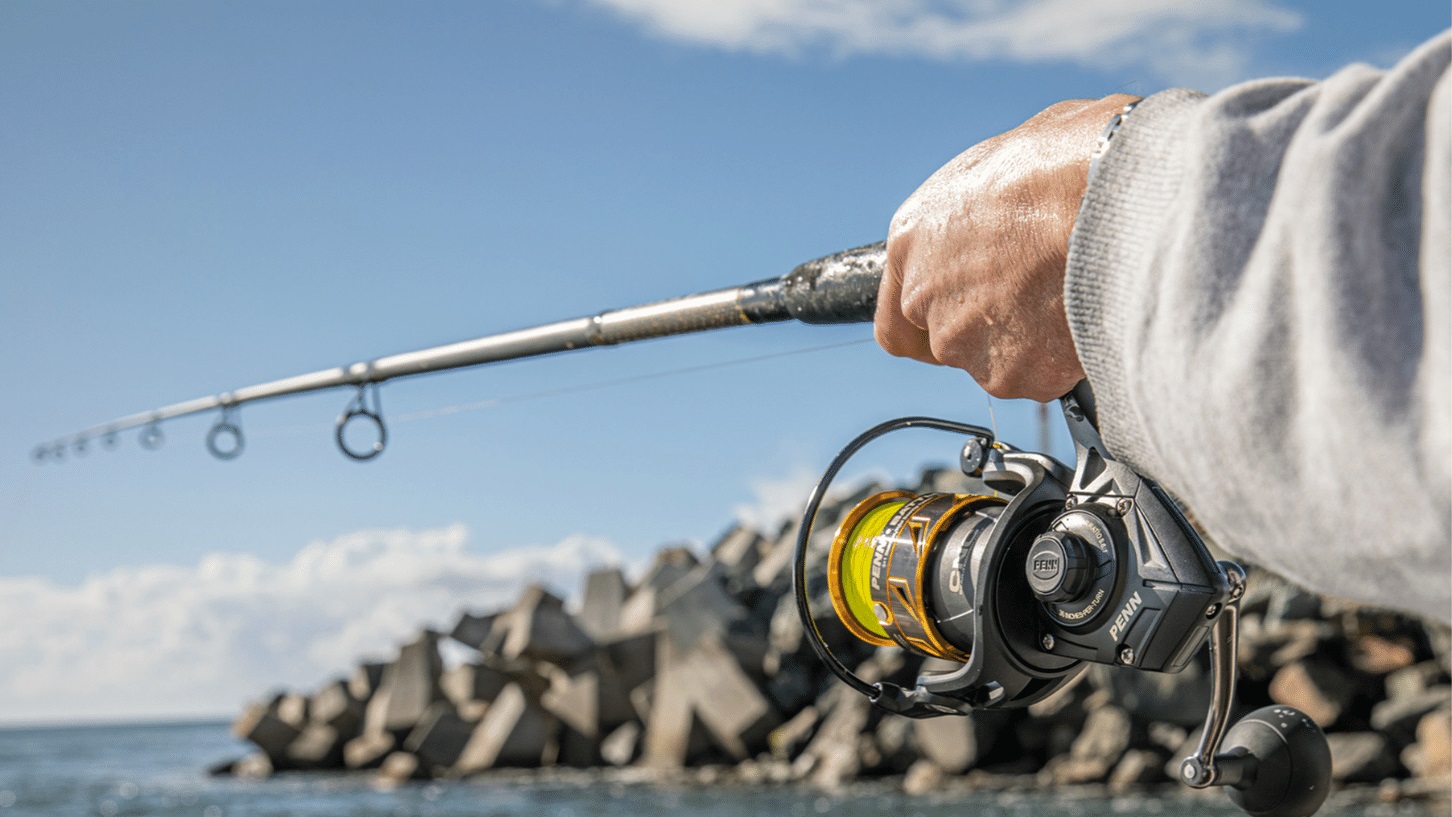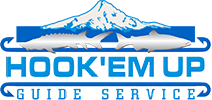A Guide to Columbia River Salmon Fishing 2022
Did you know that the Columbia River is Pacific Northwest’s largest waterway? However, this isn’t what this river is well-known for. The Columbia River is also home to some of the most popular fish species around the world, with salmon being on top of that list.
Columbia River salmon fishing is always a fun activity you can do with family and friends. They are one of the more common species you can find. They have been around the river for centuries, with natives living along the riverbanks thriving off salmon. Until now, salmon plays a significant part in maintaining the region’s population.
Let’s take a closer look at Columbia River salmon fishing and how you can be more successful in catching one!
A Guide to Columbia River Salmon Fishing
The Columbia River can see up to five salmon runs annually, giving everyone ample opportunities to target the species. Moreover, there are over a thousand miles of water, so there is a ton of space to cast your line in without worrying about the competition too much.
We answer more of your questions regarding Columbia River salmon fishing below:
What Salmon to Target
There are two major salmon species you can catch when Columbia River salmon fishing:
Chinook Salmon

This is considered salmon royalty as they are referred to as “Kings!” Chinook is seen as the cream of the crop in the Columbia River salmon fishing scene, and you can experience three Chinook salmon runs yearly!
Besides that, this. Salmon species have incredible-tasting meat, so don’t miss your opportunity in catching one! Usually, their season begins in March and is a must-catch when in the Columbia River.
Coho Salmon

Coho may not grow as big as Chinook, but you’ll love how strong they are as you try reeling them in. That’s why this species is also incredibly popular and loved by anglers, especially with their acrobatic leaps! These fish usually only have one run in Columbia River, which happens come fall season.
Besides chinook and coho, you can also catch other species like sockeye, though they come in a smaller run. While they usually measure up to 25 inches, they taste so good and are worth targeting.
Fishing Techniques to Use
When Columbia River salmon fishing, you can target them either on foot or from a boat, joining a fishing charter or local guide. Because of how big the Columbia River is, it might be best to join a fishing charter to cover more ground compared to if you went on foot.
Take a look at these fishing techniques you can use to catch salmon:
Trolling

Trolling is the most popular and used technique when Columbia River salmon fishing. This is because you get to drop multiple lines while covering a wider span of water, giving you more opportunities to catch fish. We recommend trolling herring or whole bait fish to attract salmon.
Spinning

Spinning is a bit of an all-around fishing technique involving the basic fishing rod, reel, and casting motion, which you can do on a vessel or food. There are so many ways you can conduct this technique, with plunking being one of the popular methods.
Exact Salmon Fishing Spots

The Columbia River is so big that there are multiple fishing hotspots you can head to for more chances of success! Since salmon is abundant around the river, there aren’t bad places to fish in. But there are certain areas closed for fishing, so you need to check with the local Wildlife and Fishery Department before scheduling your trip.
Consider heading towards any of these spots:
- Buoy 10: This is at the meeting point of the Pacific Ocean and Columbia River, famous for their many salmon fishing opportunities. It’s open during fall but would have closed seasons at times.
- Bonneville Dam: This is the second most popular fishing spot when Columbia River salmon fishing. Many anglers flock to this spot for Chinook spring fishing. Like Buoy 10, they would have open and closed seasons.
- Portland: Portland is one of the most popular cities in the Pacific Northwest and where the Columbia River and Willamette River meet. This means you can experience two spring Chinook runs in one city!
- Hanford Beach: This is in the state of Washington where you can experience a ton of salmon action. We recommend heading there during the fall for Chinook.
The Local Rules and Regulations
Of course, you must be aware of Oregon and Washington’s local rules and regulations. One of the first things you must know of (and avail) is a fishing license so you can legally cast lines in the Columbia River.
Note that Oregon takes animal conservation seriously, so anglers over 12 years old must have a fishing license before fishing. You will also need to buy a Columbia River Basin Endorsement. Don’t worry, all these are fairly inexpensive and easy to obtain.
That said, note that fishing from Washington state will differ. Those who are 15 years old and above will need to have their fishing license. And instead of buying an additional endorsement, the license comes with a catch record card to track one’s harvest. You must keep this with you every time you’re out fishing. You must also accurately log your catches to return to the Washington Department of Wildlife on or before the specified deadline.
There are also other rules and regulations to know about in each state, such as bag limits, restrictions, and the like. You can learn more about it on their respective websites.
Wrapping It Up
We hope that this guide on Columbia River salmon fishing helped you out! Now that you know more about targeting salmon, why not start planning your next fishing trip?
Don’t forget to contact us now for charter services, too! You’ll surely benefit from joining a fishing charter or hiring a private local guide to navigate the waters and assist you in catching more salmon.
